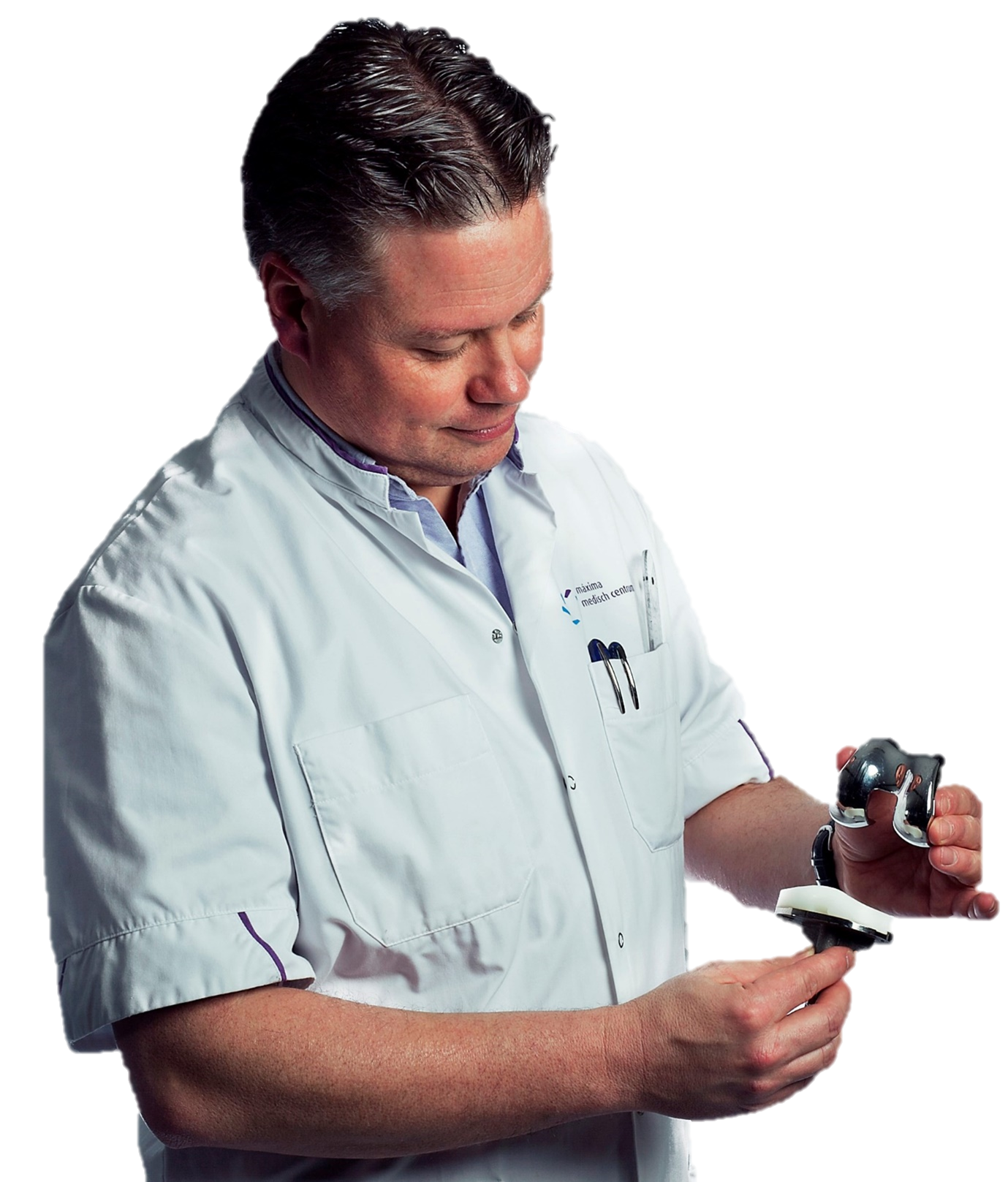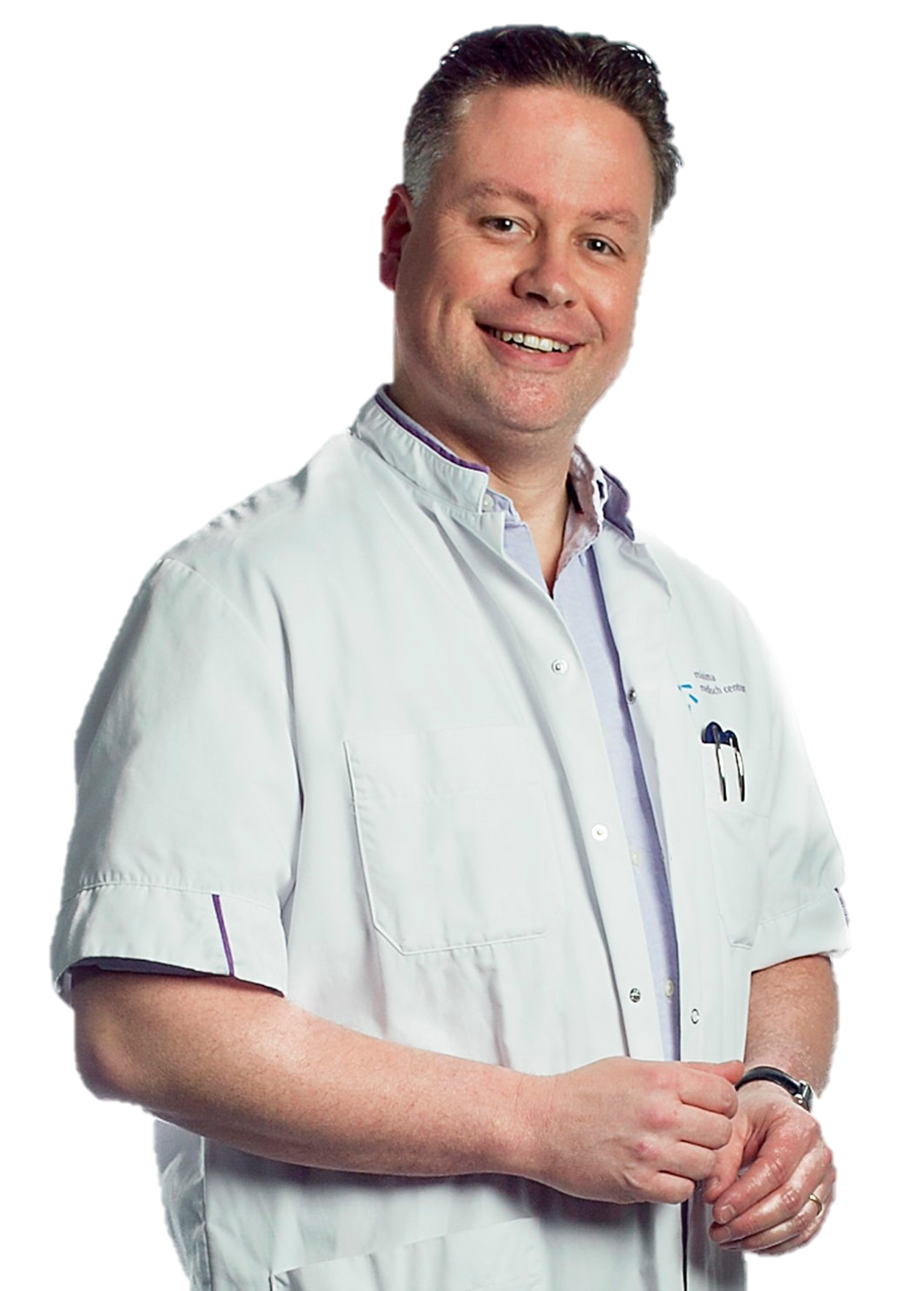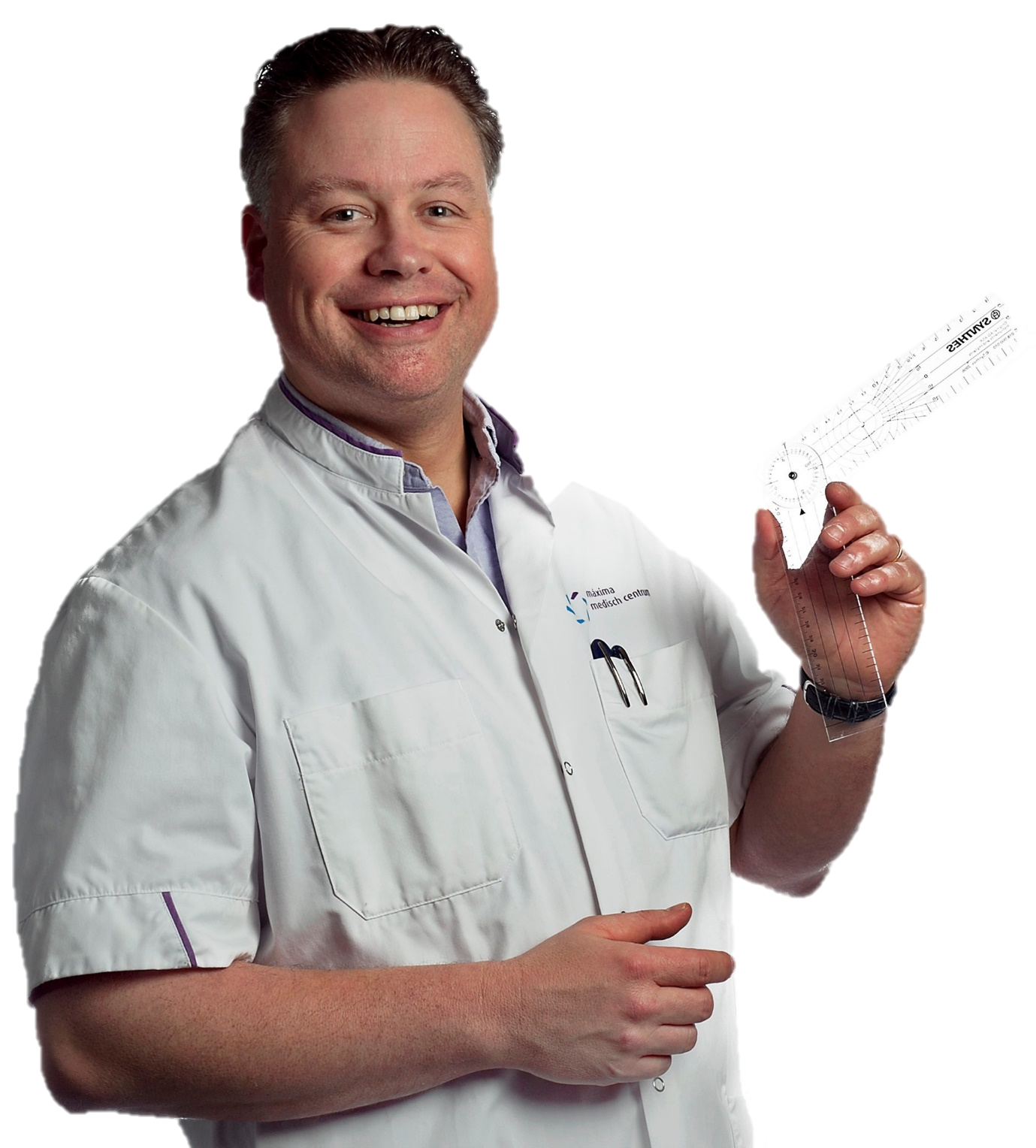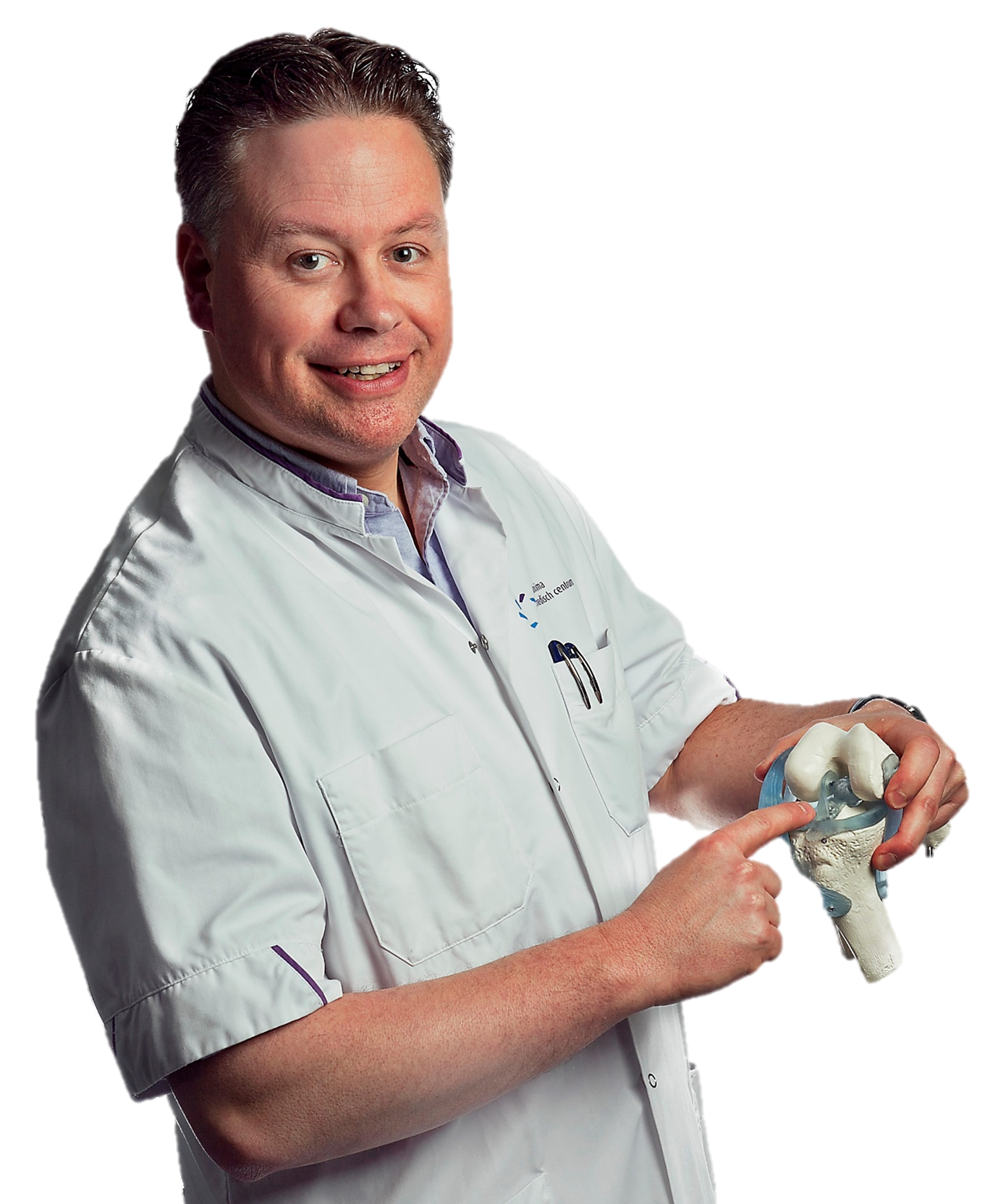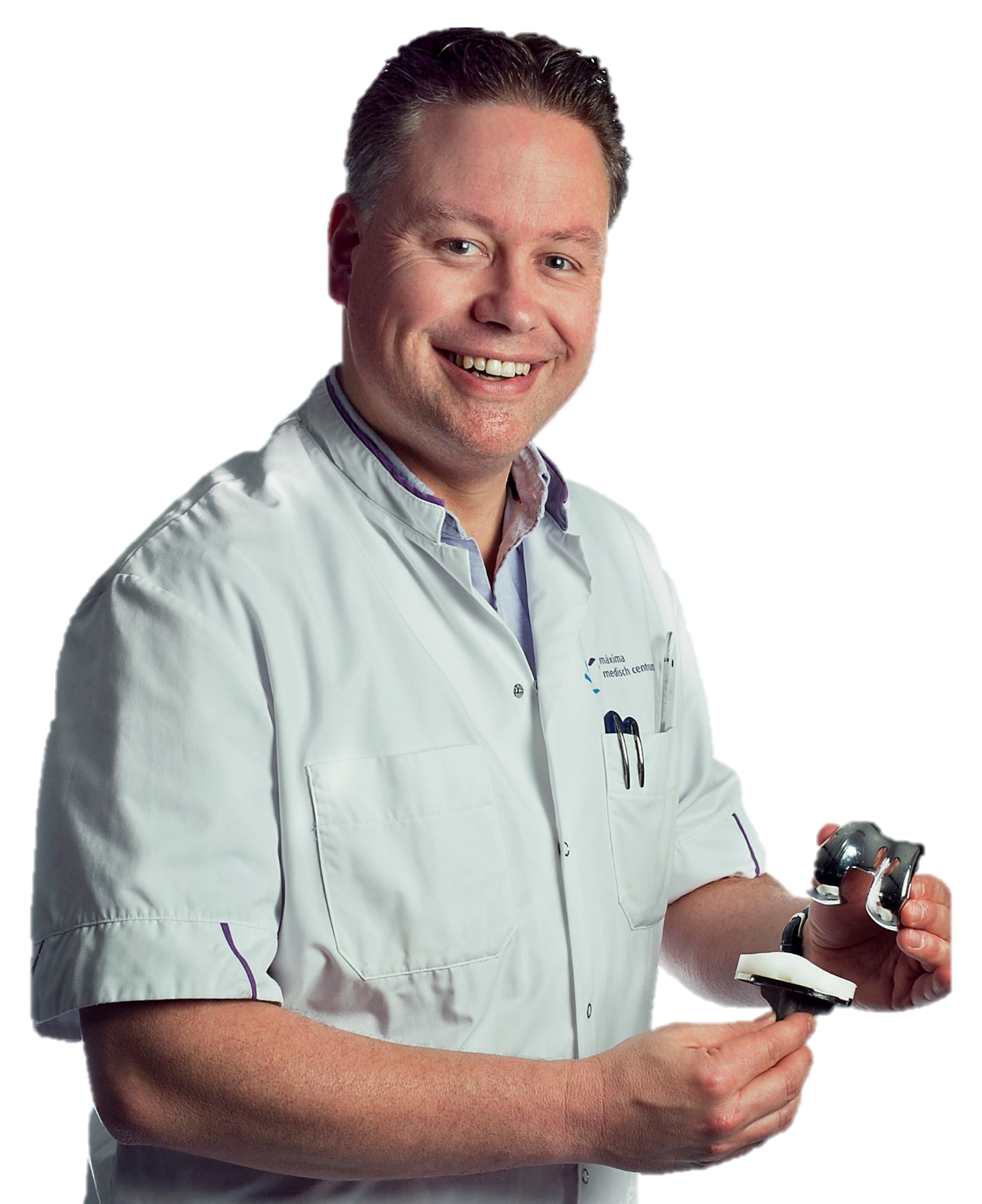STARR Study Group, Meuffels, D. E., &...
New publication
STARR Study Group, Meuffels, D. E., &...
New publication
Arens T, Melick van N, van der Steen MC, Janssen...
Editor’s Pick Prof Stafano Zaffagnini Journal of Experimental Orthopaedics
ACL and posterolateral knee instability
Stability of the knee is provided by the cruciate and collateral ligaments. A simultaneous rupture of the anterior cruciate ligament and lateral structures (posterolateral corner) constitutes a very severe knee injury. These combined injuries are infrequent and often missed in less experienced hands. Numbness or paraesthesia of the foot after the injury (often temporary), is characteristic for posterolateral injuries. This is caused by nerve irritation. Treatment of combined anterior cruciate and posterolateral lesions requires reconstruction of all involved structures in order to restore knee stability. This type of surgery is more extensile than a mere anterior cruciate ligament reconstruction. The rehabilitation requires bracing. Furthermore, a brace is also recommended in case of mountain climbing and jumping activities. Risk of nerve palsy is present but is mostly temporary. This is caused by the same nerve that is irritated at time of knee injury. Illustrated is a case of a 51 year old woman with a combined anterior cruciate ligament and posterolateral knee injury after a ski trauma.
I twisted my knee while skiing in january 2006. Beng! That’s how it felt, but the serious pain disappeared quite soon. I was brought down the mountain to the local emergency department. Few days of rest, and I tried to ski with a brace. It seemed ok so I left it at that. I prgressively felt my knee giving way – in a twisting motion: it was painful and my knee got worse and worse. A doctor performed knee arthroscopy and referred me to dr Janssen, knee specialist. Dr Janssen explained the severity of my knee condition. He suggested treatment: reconstruction of both the ruptured anterior cruciate ligament as well as the posterolateral structures of the knee. The ligaments used would be a donor (allo)graft and my own hamstring tendons. It sounded like extensive surgery but I was convinced of the necessity. We agreed on a surgical date in spring 2007. I was planning on returning to work in the months thereafter.
The surgery was succesful, but I needed immobilization for 6 weeks. I had a temporary deficit of my footmuscles which fully recovered. Rehabilitation took a year, initially with a physiotherapist, later with exercises and fitness training. Restoring my muscle strength took the longest!
The next summer, I was able to descend the Kungsleden in Lapland accompanied by my husband and dog. This was a test for my true wish: a trek vacation with my family in Nepal. I had started my new hobby: cycling. My knee feels great doing it and I could work on my physical condition for my dream trip.
Oktober 2009: we have descended the Langtang Valley, Nepal, in a 13 days trip. We have ascended a pass (4600 m) to return to Kathmandu. I wore a brace for reassurance and safety of my knee and I have often thought of dr Janssen! We even rafted 2 days down a river with rough waterparts and jumps from rocks.
At this time I do lots of cycling and walking. The knee is always “present” but I am grateful that I can do what I want to do!

